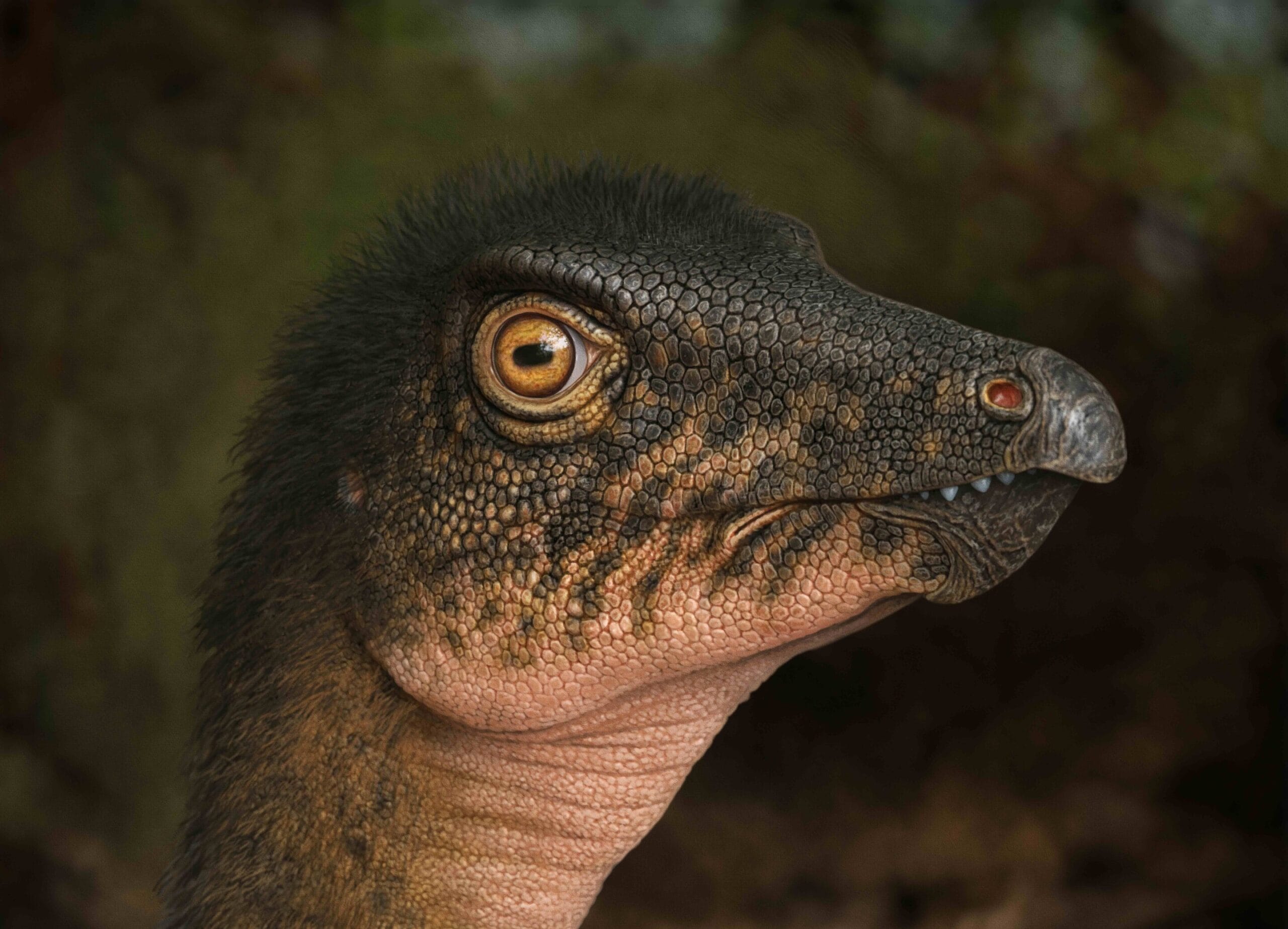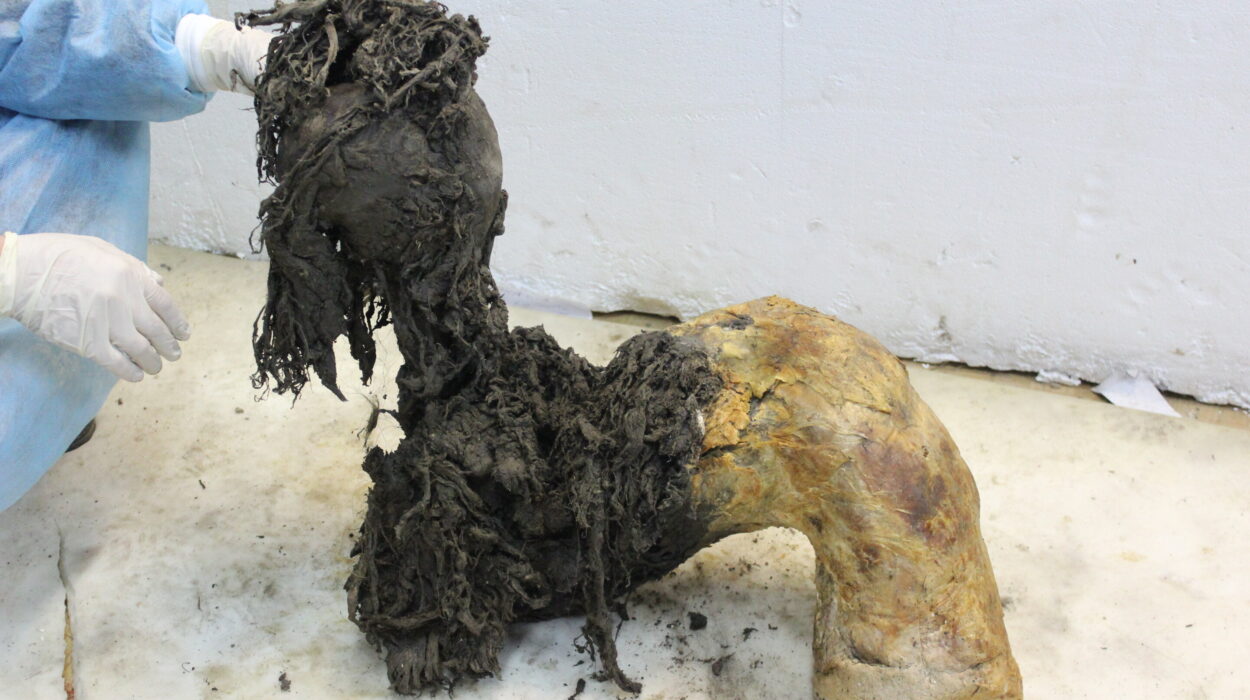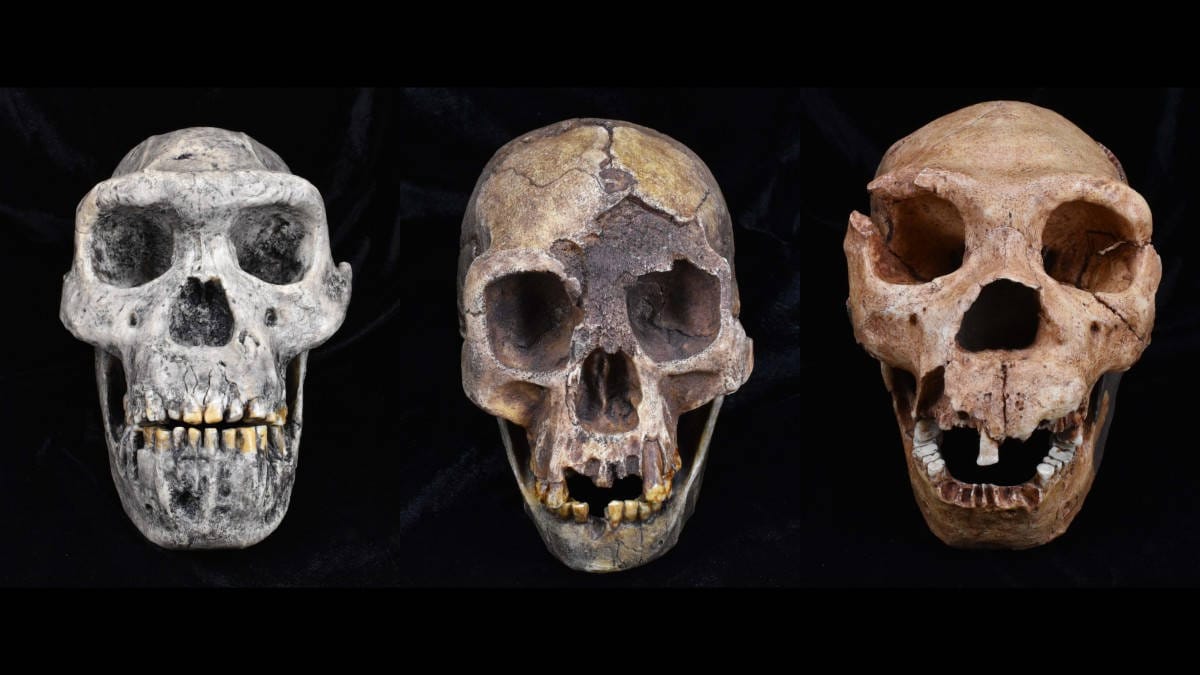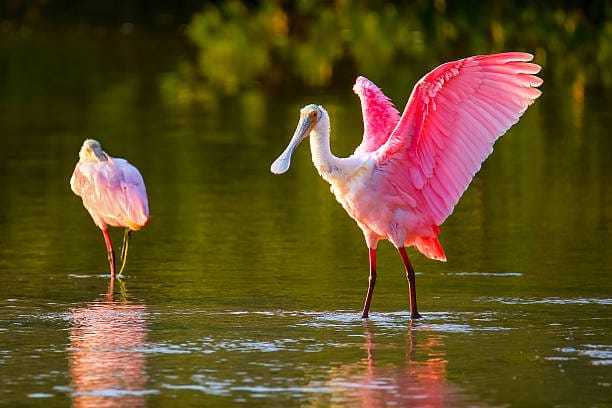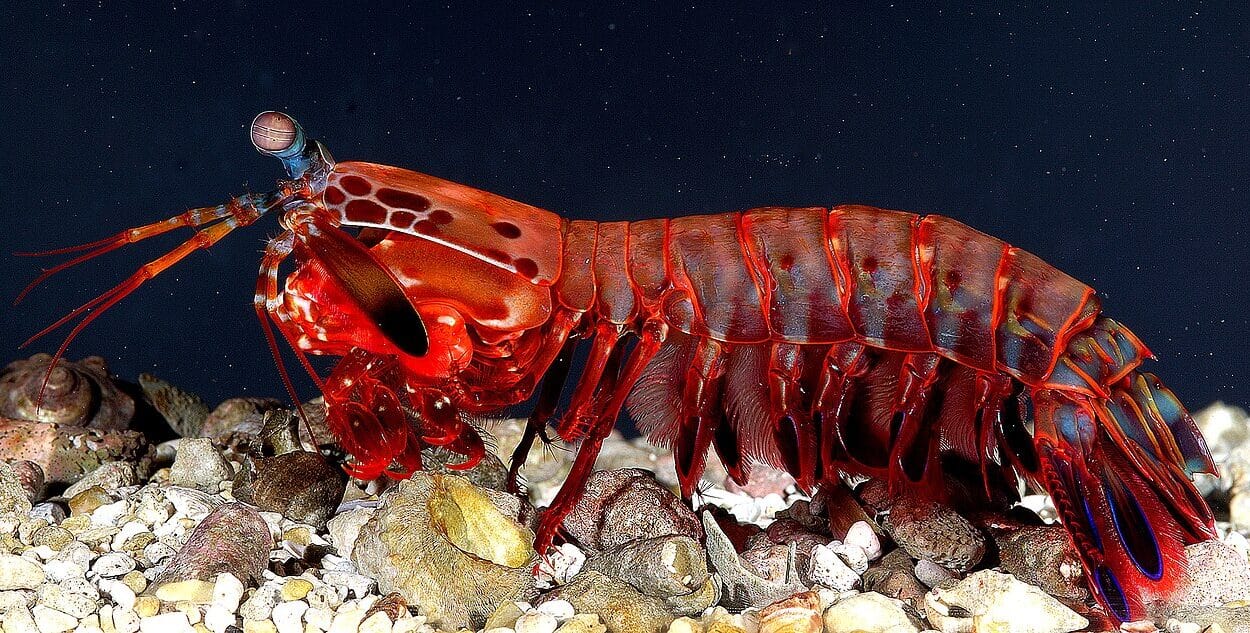In a twist worthy of science fiction, the Denver Museum of Nature & Science has unearthed a prehistoric secret hidden not in the remote badlands or desert plateaus—but directly beneath its own feet.
What began in January as a routine geothermal drilling test beneath the museum’s parking lot has led to one of the most astonishing paleontological discoveries in the city’s history: a 67.5-million-year-old dinosaur fossil, buried 763 feet below the surface. The fossil, identified as the vertebrae of a plant-eating dinosaur, is now the oldest and deepest dinosaur ever discovered in Denver.
“This is a scientifically and historically thrilling find for both the museum and the larger Denver community,” said Dr. James Hagadorn, Curator of Geology at the museum. “This fossil comes from an era just before the mass extinction that wiped out the dinosaurs, and it offers a rare window into the ecosystem that once existed right beneath modern-day Denver.”
The Ancient World Beneath City Park
The fossil was uncovered not by traditional excavation but through a unique blend of environmental and geological research. The museum was testing the feasibility of switching its heating system from natural gas to geothermal energy, a move aligned with its sustainability goals. Simultaneously, researchers had been drilling into the bedrock as part of a study to better understand the geological layers of the Denver Basin.
What they didn’t expect to find was a relic of the Cretaceous period locked inside a core sample—a vertebra, stony and ancient, that had traveled millions of years into the present day.
“In my 35 years at the museum, we’ve never had an opportunity quite like this—to study the deep geologic layers beneath our feet with such precision,” said research associate Bob Raynolds. “That this fossil turned up here, in City Park, is nothing short of magical.”
A Glimpse Into the Cretaceous
The fossil likely belonged to an herbivorous dinosaur, possibly similar to a Thescelosaurus—a small, two-legged plant-eater that lived in the twilight of the dinosaur age. These dinosaurs were about 10 to 12 feet long and navigated the humid forests and swamps that once covered the region. It may also resemble the larger, four-legged Edmontosaurus, a duck-billed herbivore that shared its world with the likes of Tyrannosaurus rex.
While the fossil consists only of partial vertebrae, its preservation deep within the Earth’s crust makes it a geological and biological marvel. Its age places it just before the catastrophic asteroid impact that triggered the mass extinction of the dinosaurs approximately 66 million years ago.
“This bone isn’t just a fossil. It’s a time capsule from a moment when dinosaurs still ruled the Earth, right before everything changed,” said Dr. Hagadorn.
Denver’s Growing Dinosaur Legacy
Denver may be a thriving modern metropolis, but its rocky underbelly tells a far older story—one of ancient beasts, tropical floodplains, and mass extinctions. Over the past several decades, the Denver metro area has gradually revealed its prehistoric past during construction projects that turned into fossil hunts.
In 1994, while building Coors Field, workers stumbled across dinosaur bone fragments—an unexpected discovery that inspired the Colorado Rockies’ purple dinosaur mascot, Dinger. More recently, in 2019, a partial Triceratops skeleton was discovered in Highlands Ranch during a housing development project.
But unlike those finds, the fossil beneath the museum’s parking lot wasn’t hiding just beneath the topsoil. It was embedded in deep-time bedrock, nearly eight times deeper than the typical fossil discoveries made during excavation work in the city.
“This is the deepest we’ve ever gone and found something like this in Denver,” said Raynolds. “It’s as if the Earth decided to hand us a gift—one we didn’t even know to ask for.”
From the Depths to Display
Now, this fossil—once sealed away beneath layers of shale and sandstone—is on display at the museum’s “Discovering Teen Rex” exhibit. The exhibit, already a crowd favorite, features scientists working in real time to prepare a juvenile T. rex fossil found by three boys in North Dakota.
Visitors can now see both ends of the prehistoric spectrum: a teenage predator in preparation and the ancient herbivore vertebra that sat undisturbed under Denver for tens of millions of years. Together, they represent a fuller picture of the ecosystems that once dominated North America before the Age of Mammals began.
A Glimpse of What Lies Beneath
The discovery also underscores the power of interdisciplinary science—where geothermal engineering, geology, and paleontology collide. What began as a project to explore renewable energy options has ended with a fossil that reshapes our understanding of Denver’s deep-time past.
It’s a reminder that history isn’t always buried in distant deserts or remote canyons. Sometimes, it lies quietly beneath our parking lots—waiting to be rediscovered.
And in a poetic twist, this ancient fossil—found during a project to move away from fossil fuels—may also symbolize the future: a blend of progress and preservation, science and sustainability, past and present.
